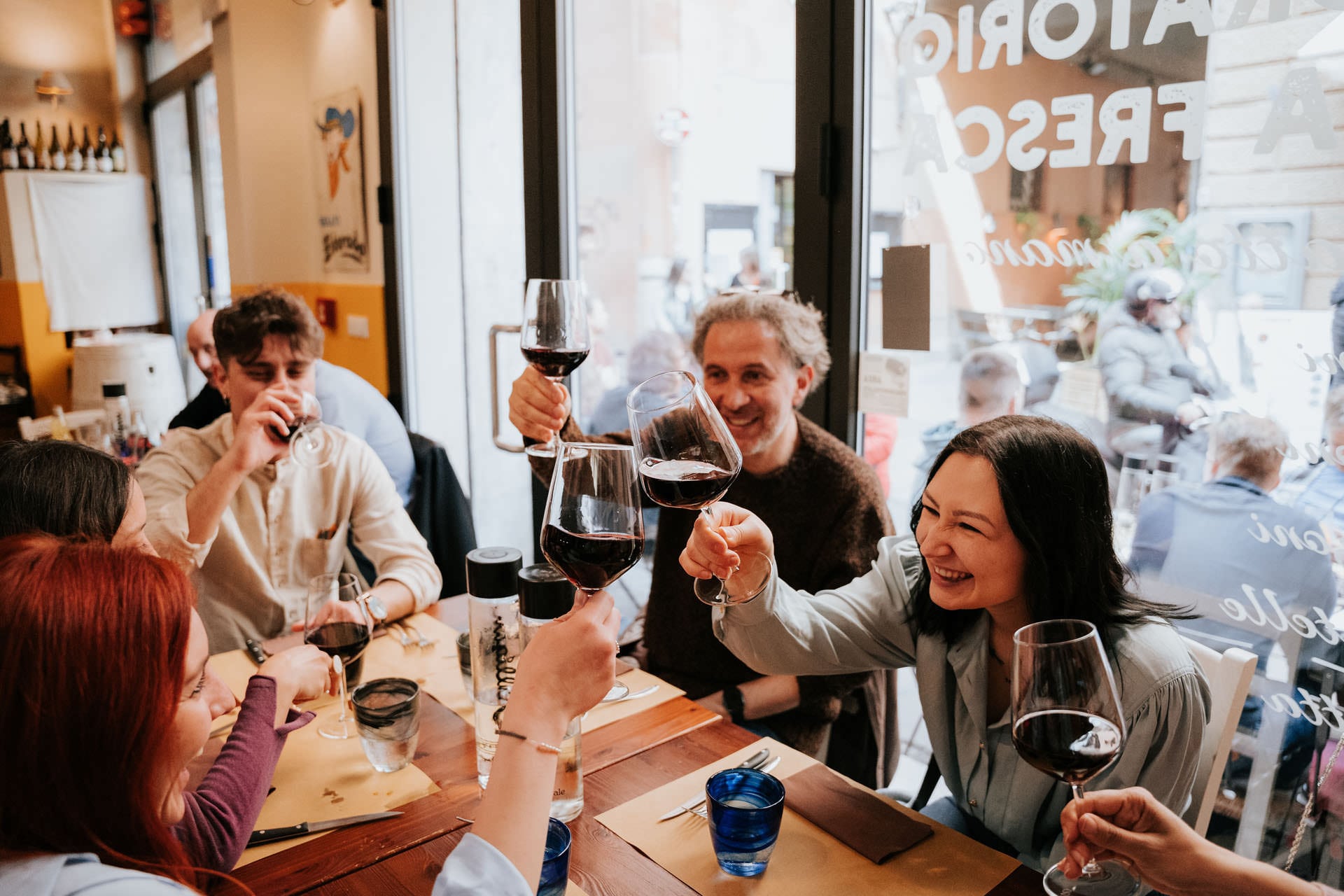In Portugal, every street corner has a café, and every small town and village has a Café Central that doubles as a meeting point. Yes, café culture is quite strong in this country, and going out for coffee is often used more as an excuse to catch up than to enjoy the delights of the caffeinated hot drink. However, you don’t need to be an expert to know how to order coffee in Portugal. Keep reading to discover some tips on how to do it like a local!
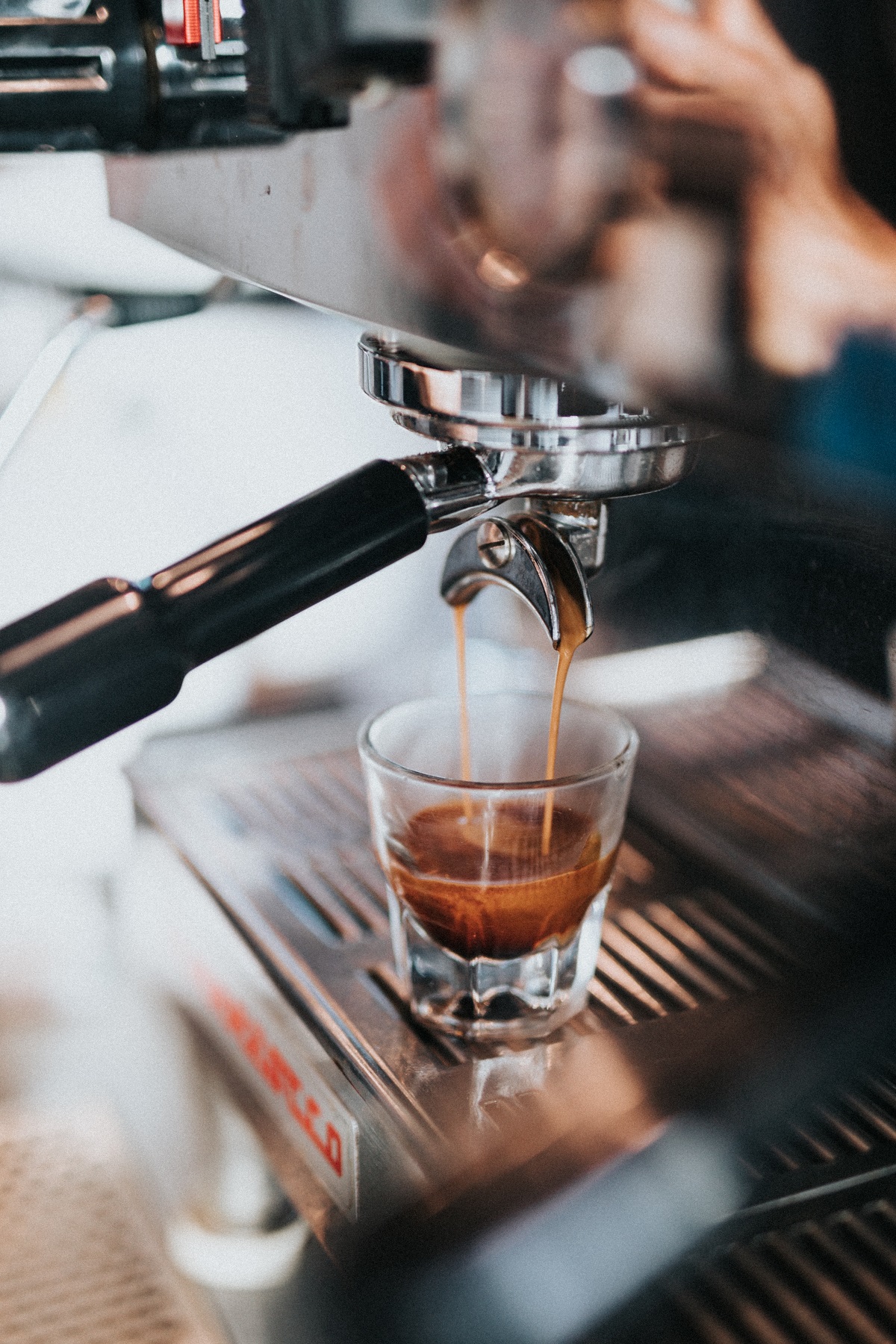
A Portuguese Coffee Primer
First things first, let’s address some facts around coffee in Portugal. Local coffee brands import green coffee beans, mostly from South American and African countries, which are then roasted in Portugal. The country doesn’t grow coffee, except for a tiny village on S. Jorge Island (Azores) where a local has a small plantation, the only one in Europe.
The roasting expertise dates back to the 18th century, which led to perfecting the techniques and the blends. Most countries prefer 100% Arabica coffee beans for their espressos, making the drink creamier and more fragrant. Portugal, however, uses a mix of Arabica and Robusta beans, slowly roasted. A typical Portuguese espresso, when brewed right, is full-bodied, less acid, and feels “thicker.”
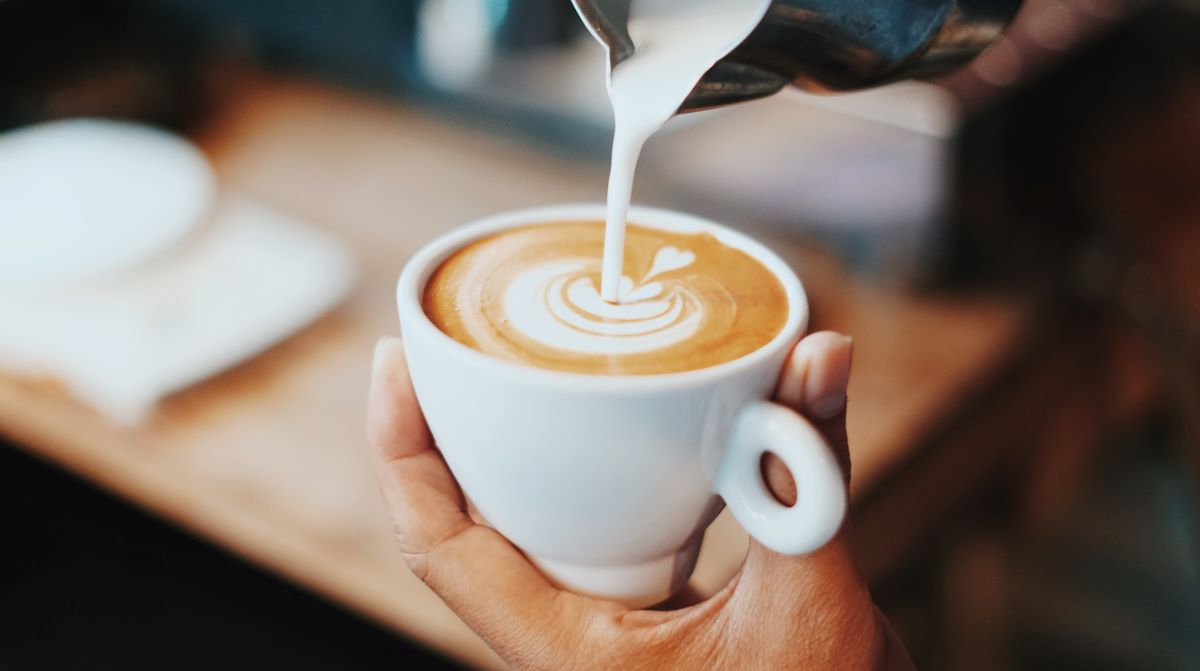
Glass of Water, Yes Or No?
Precisely because Portuguese espressos feel “thicker” in the mouth, most customers will ask for a glass of water with their coffee. It’s a common habit, although not all Portuguese coffee drinkers mind the lasting aftertaste.
So, should you or should you not ask for a glass of water with your espresso? It’s really a personal choice. A trickier question might be how you want your café: normal (3/4 of an espresso cup), cheio (full espresso cup, to the rim), curto (half of an espresso cup), escaldado (served in a cup that’s been pre-heated with hot water from the espresso machine)?
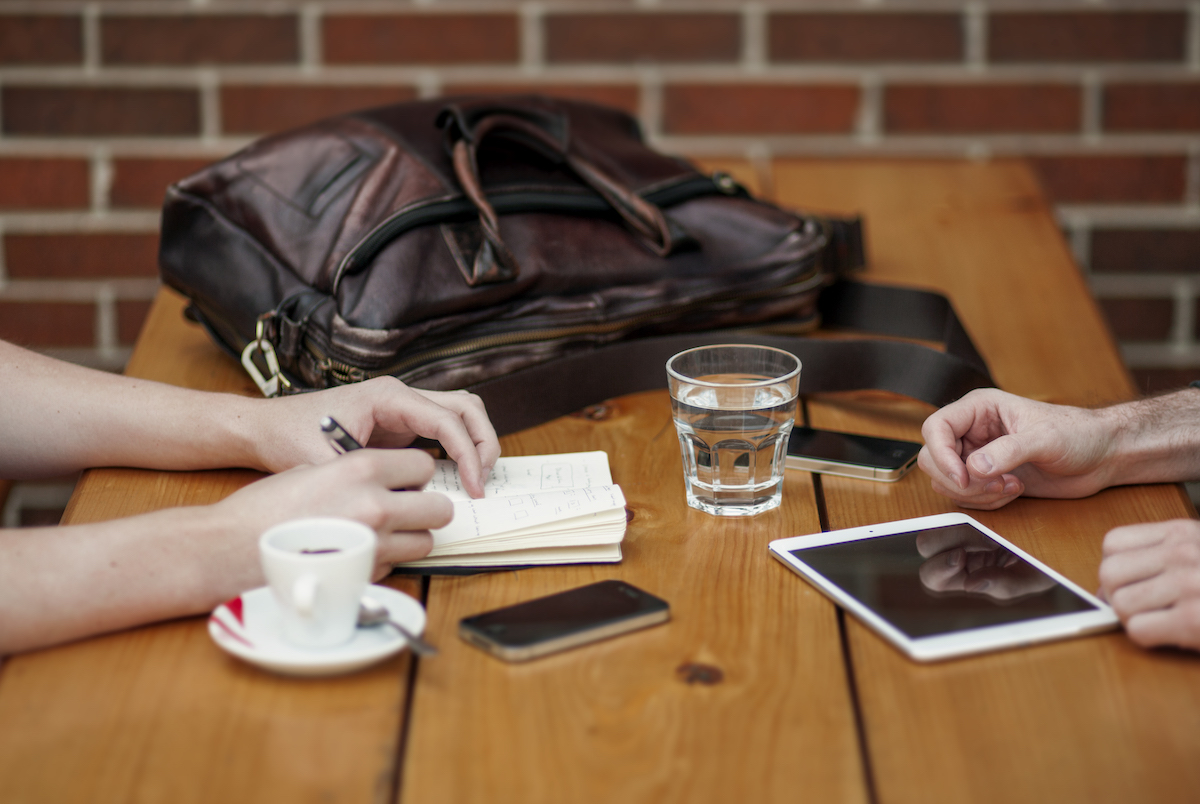
Sugar or Black?
By default, all coffees come with a packet of sugar or two for larger servings. You can also ask for sweetener, instead, if it’s not available at the counter. Both options are on the house. In fact, for most café owners, sugar and sweetener packets and branded cups and saucers are part of their deal with the supplier.
Some people use the whole sugar packet, some people use half, some people use a meticulously calculated amount, say 1/6 of the packet, while others refuse it altogether.
When to Drink Coffee in Portugal?
Considering that espresso is a cheap drink in Portugal, anytime is a good time for coffee depending on your caffeine tolerance. That said, the most common time is after lunch, with or after dessert. Traditional Portuguese food is typically heavy and portions are large in most restaurants, so most locals need that caffeine boost to make it through an afternoon at work.
In the morning, and it’s quite normal for the Portuguese to have breakfast at cafés and pastelarias instead of at home, the preference goes to any combination of coffee and milk.
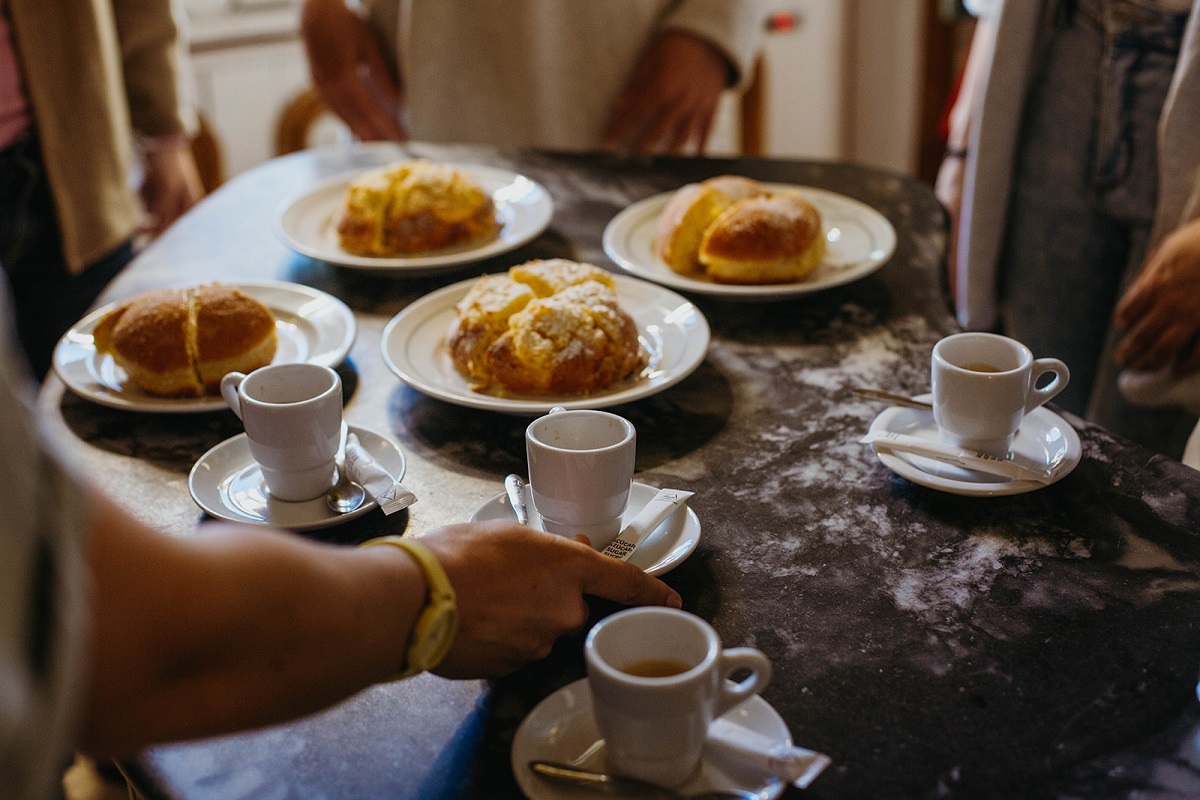
Types of Coffee in Portugal
Café
Café is perhaps the most important word on this list! It’s what everyone orders when they want an espresso. In Lisbon, it’s also called a bica and in Porto, a cimbalinho.
Descafeinado
Descafeinado is simply a decaf espresso. This one is a great choice if you want a bit of coffee after a meal but don’t want the late-day caffeine boost.
Italiana
An italiana is a very short espresso, or what Italians would call a ristretto.
Carioca
Carioca is a hint of espresso with lots of water in a small cup.
Abatanado
A large coffee, an abatanado is similar to an Americano coffee. However, don’t confuse an abatanado with a double espresso!
Café duplo
Café duplo is a double espresso, or two espresso shots served in one espresso cup.
Pingado
The mightly pingado is an espresso with a drop of milk, hot or cold. Don’t confuse the pingado with the garota, a drink with the proportions reversed!
Garoto
Garoto is milk with a drop of espresso. It’s most commonly served in an espresso cup.
Meia de leite
Equal parts coffee and milk, meia de leite is served in a large cup.
Galão
Served in a tall glass, a galão is ¼ coffee and ¾ milk. In other words, it is roughly the same as a latte. Your waiter might ask you if you want the galão served claro (light) or escuro (dark) to assess how much coffee you want in it.
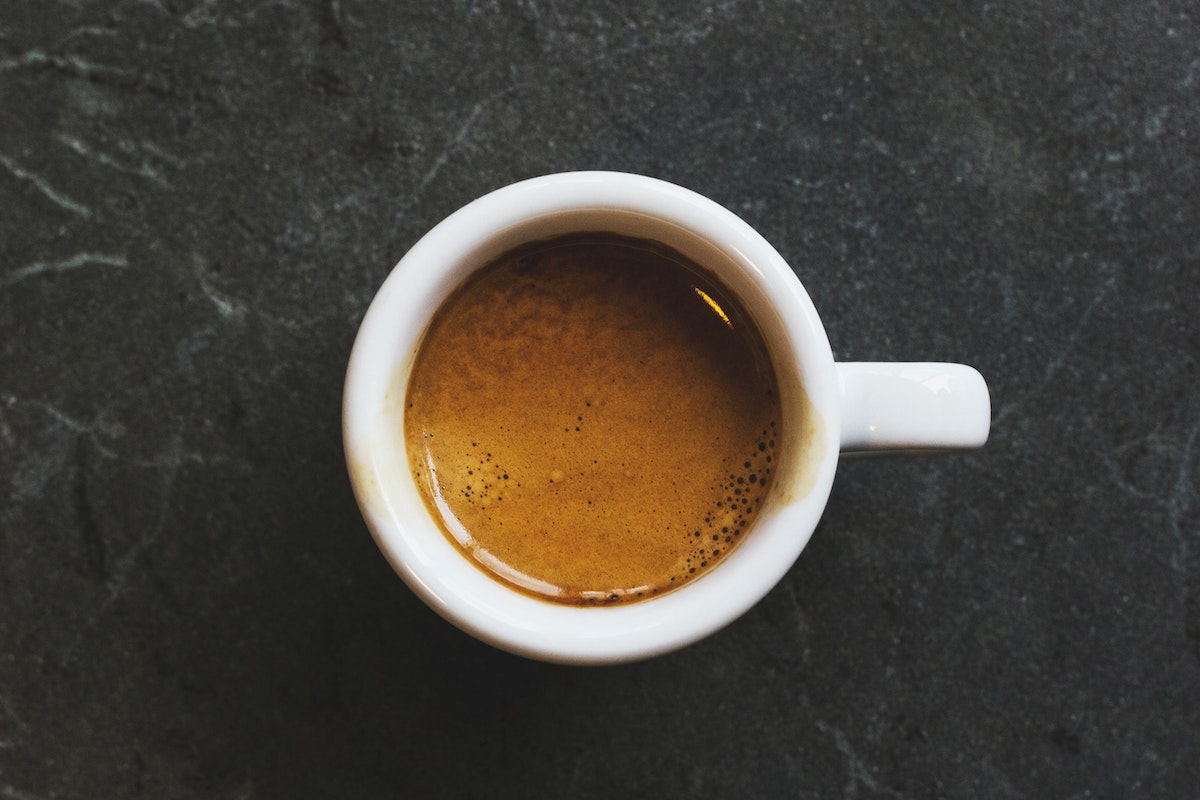
Update notice: This article was updated on September 15, 2023.
We could talk for hours about Portuguese coffee, but at the end of the day, it’s something you have to experience for yourself to fully understand. Lucky for you, that’s exactly what’s in store as part of our Tastes & Traditions of Lisbon Tour. You’ll start off your morning with breakfast at a traditional cafe that locals love, and see for yourself just how important the almighty cup of coffee is in Portuguese culture.
